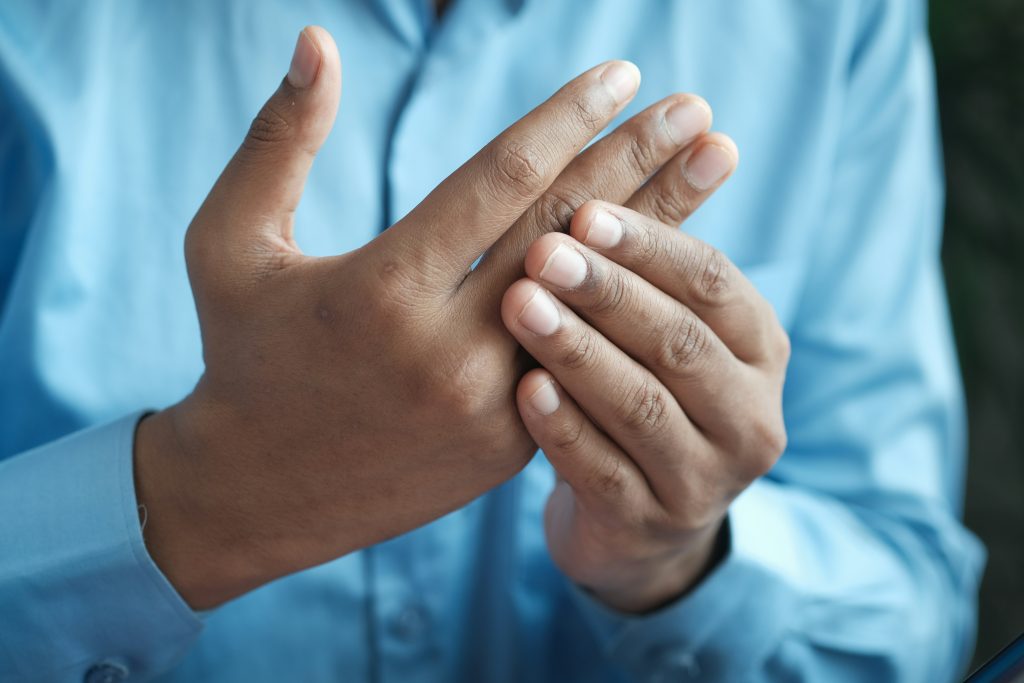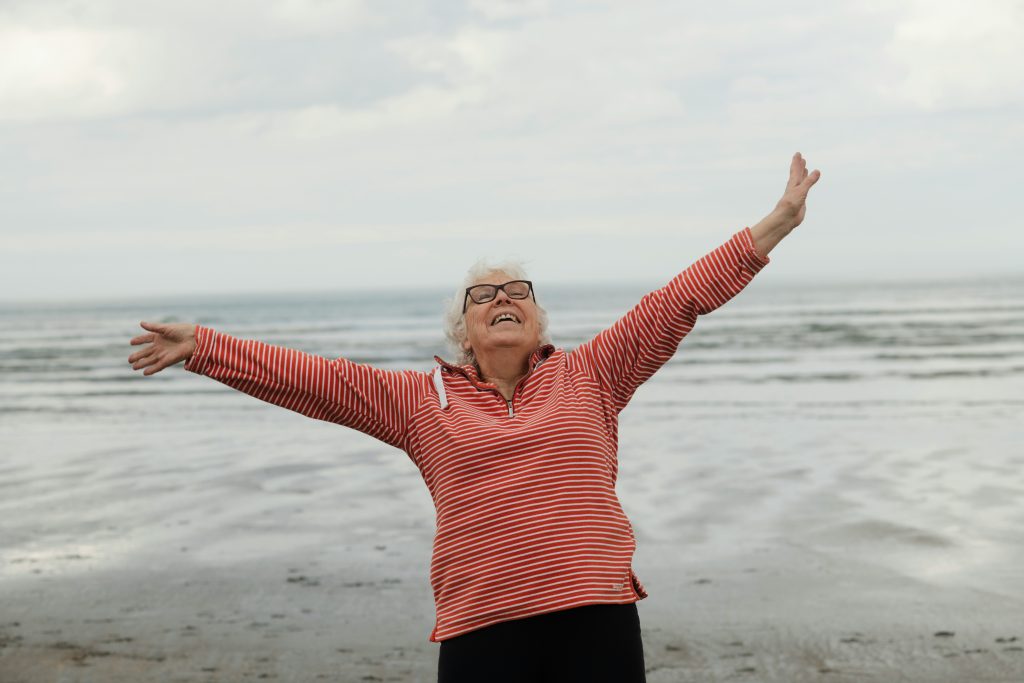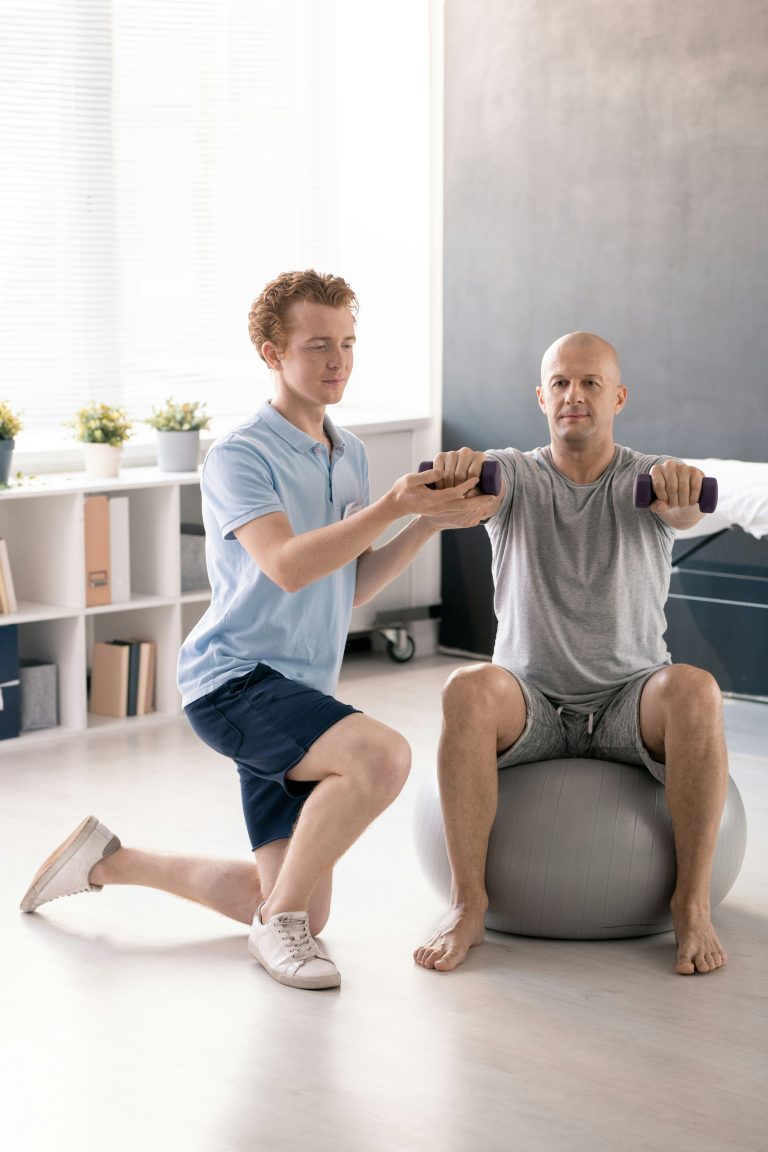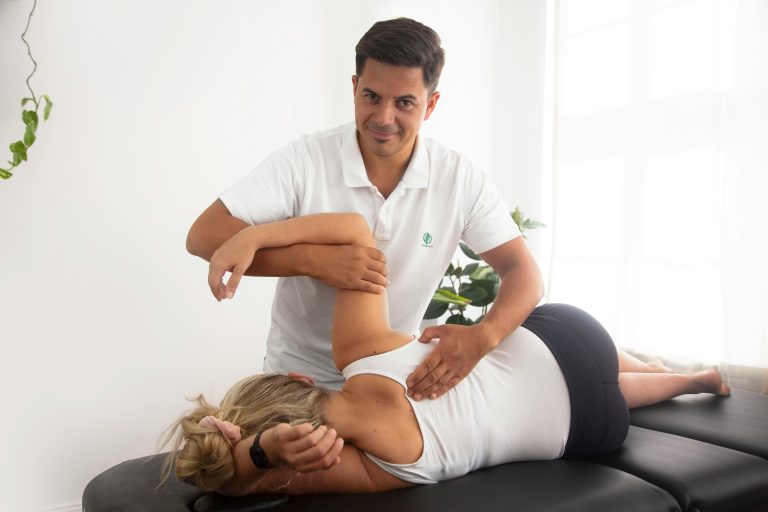L'osteoarthritis is the most common joint disease in the world. It is characterised by progressive wear and tear of the cartilage, leading to pain, stiffness and loss of mobility. While there is currently no treatment that can 'cure' it, there are a number of solutions that can help reduce symptoms and improve quality of life. These include l'osteopathy is becoming increasingly recognised.
Thanks to its comprehensive, non-medicinal approach, osteopathy helps you to manage pain more effectively, maintain joint mobility and regain greater comfort.
Understanding osteoarthritis: a chronic joint disease
The disease is a degenerative condition that affects the cartilage, the flexible tissue covering the ends of the bones in the joints. Over time, this cartilage thins, loses its elasticity and eventually cracks. The underlying bone reacts by forming outgrowths ("bone spurs" or osteophytes) that make the joint even stiffer.
The areas most frequently affected are :
- the knees (gonarthrosis),
- the hips (coxarthrosis),
- the spinal column (cervical or lumbar spine),
- hands and sometimes shoulders.
Symptoms vary, but generally include:
- mechanical pain which increases with effort,
- morning stiffness short,
- gradual loss of mobility,
- sometimes a joint swelling or creaking.

Osteopathy: what is its role?
L'osteopathy The aim of osteopathic treatment is not to "rebuild" damaged cartilage - which is impossible - but to relieve the consequences. The osteopath focuses on improving the joint mobilityto reduce muscular tension and optimise the body's performance. blood and lymph circulation around the joint.
By releasing restrictions on movement, osteopathy helps to reduce pain, prevent stiffness and maintain a better overall balance in the body.
How does osteopathy relieve osteoarthritis?
Often the patient is faced with a vicious circle: pain reduces mobility, which increases muscle tension, accentuates stiffness and causes even more pain. The osteopath acts at different levels to breaking this circle.
1. Improved joint mobility
Using gentle mobilisation techniques, the osteopath restores fluidity to the affected joints and those around them. For example, in the case of osteoarthritis of the knee, he will also work on the hip and ankle to rebalance the overall mechanics of the leg.
2. Reduced muscular tension
Muscles often contract to protect a painful joint, leading to further stiffness and pain. Osteopathic manipulation can release this tension and improve muscle flexibility.
3. Improving traffic flow
By restoring mobility to the tissues, the osteopath promotes blood and lymph circulation around the joint, which helps to reduce inflammation and the feeling of heaviness.
4. Offset prevention
When a joint suffers pain, the body compensates by overloading other areas. This can lead to secondary pain (back, pelvis, other joints). Osteopathy helps to limit these imbalances.
The benefits felt by patients
Many patients suffering from the disease describe their osteopathic sessions afterwards:
- a less pain,
- a greater freedom of movement,
- a reduction in episodes of stiffness,
- a better posture and greater comfort when walking or carrying out daily activities.
These effects do not replace medical treatments (analgesics, anti-inflammatories, physiotherapy, infiltrations, etc.), but they are a useful complement to them as part of an integrated approach. multidisciplinary.

When should you see an osteopath?
You may wish to consider an osteopathic consultation if you have :
- chronic joint pain,
- annoying stiffness in everyday life,
- recurrent cracking or jamming,
- gradual loss of mobility,
- or secondary pain linked to compensation.
The osteopath will be able to adapt his or her approach depending on the location and stage of the problem. The techniques used are gentle, safe and respectful of the condition of the joints.
Osteopathy and osteoarthritis: a complementary approach
Osteopathy is not a substitute for medical care, but it is a complement to it. valuable addition. By working on mobility, circulation and posture, the osteopath helps to :
- improve quality of life,
- reduce drug consumption,
- delay aggravation of symptoms,
- helping patients to become more independent.
In a nutshell
Osteoarthritis is a chronic disease that has a major impact on daily life, but it is possible to take action to limit its effects. L'osteopathyThanks to its gentle, holistic manual techniques, it offers an effective, natural solution for relieving pain, improving mobility and preventing compensation.
As part of a comprehensive overall burden (doctor, physiotherapistnutrition, adapted physical activity), it helps to restore patients' sense of well-being. greater comfort, mobility and peace of mind osteoarthritis.






